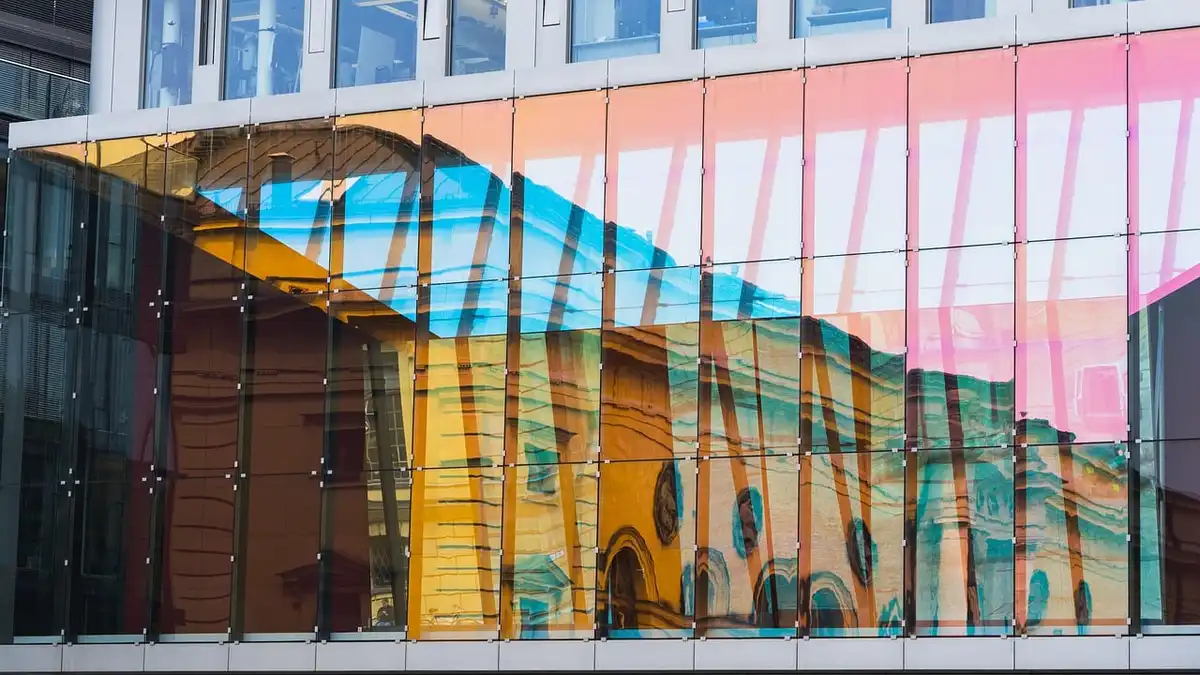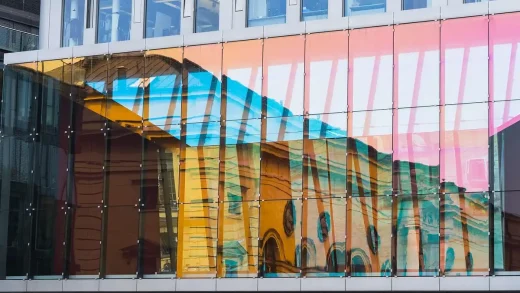Role of technology in modern architecture, Sustainable building construction, Contemporary build
Role of Technology in Modern Architecture
25 October 2024
The Role of Technology in Modern Architecture
In recent years, the landscape of architecture in the UK has undergone a profound transformation, driven by rapid technological advancements. From sophisticated design software to cutting-edge construction tools, technology is reshaping how architects conceptualise, design, and construct buildings. This article explores the pivotal role of technology in modern architecture and highlights how specific tools can streamline the design and construction process.
Revolutionising Design with Software
One of the most significant advancements in architectural technology is the introduction of powerful design software. Programs such as AutoCAD and Revit, or SketchUp allow architects to create detailed 3D models and simulations of their designs. This software not only enhances accuracy but also enables architects to visualise how a project will look in the real world before construction begins.
Moreover, Building Information Modelling (BIM) has emerged as a game-changer in the architectural industry. BIM integrates various aspects of a building’s design and construction into a single, comprehensive model. This approach fosters collaboration among architects, engineers, and contractors, minimising errors and improving efficiency throughout the project lifecycle.
Smart Tools for Construction
The construction phase of a project greatly benefits from technological advancements as well. Tools such as laser levels, 3D printers, and drones are now commonplace on UK construction sites. These innovations enhance precision and reduce the time required to complete projects.
For instance, drones are increasingly used for site surveys, offering a bird’s-eye view of the project area. They provide real-time data and imagery, allowing architects and contractors to monitor progress and identify potential issues before they escalate.
Additionally, advanced tools like demolition drills or air compressors are essential for streamlining various construction tasks. Whether breaking through concrete or powering pneumatic tools, these instruments play a crucial role in enhancing productivity and efficiency on-site. With the right equipment, builders can ensure that projects adhere to tight deadlines and budget constraints, which is especially important in today’s competitive UK market.
Enhancing Collaboration and Communication
Effective communication is essential in architecture, and technology has made collaboration more seamless than ever. Cloud-based platforms such as Trello, Asana, and Microsoft Teams facilitate real-time collaboration among project stakeholders. These tools enable architects, engineers, and contractors to share ideas, updates, and feedback instantly, ensuring everyone stays on the same page.
Moreover, virtual reality (VR) and augmented reality (AR) are emerging as valuable tools for presentations and client engagement. Architects can now immerse clients in a virtual tour of their designs, providing a more interactive experience that helps clients visualise the final product. This technology not only enhances client satisfaction but also streamlines the feedback process, allowing architects to make adjustments based on real-time input.
Sustainable Practices through Technology
As sustainability becomes a top priority in modern architecture, technology plays a crucial role in promoting eco-friendly practices. Advanced energy modelling software helps architects analyse a building’s energy consumption and optimise its design for sustainability. Tools like EnergyPlus and eQUEST allow architects to simulate energy performance, ensuring that their designs meet stringent environmental standards set by UK regulations.
Additionally, integrating sustainable materials and tools into architectural projects is becoming increasingly important. The right equipment can assist architects in making informed decisions that align with their sustainability goals while ensuring the project’s structural integrity.
Enhancing Efficiency in a Rapidly Changing Industry
The role of technology in modern architecture cannot be overstated. From advanced design software to innovative construction tools, technology is reshaping how architects approach their work, enhancing efficiency, collaboration, and sustainability. As the architectural landscape in the UK continues to evolve, staying abreast of these technological advancements will be essential for architects looking to remain competitive in a rapidly changing industry.
Comments on this guide to Role of technology in modern architecture article are welcome.
Construction Safety
Construction Safety Posts
Common construction site injuries
Construction industry health and safety importance
Why Construction Safety Is Important
Building Articles
Residential Architecture
Comments / photos for the Role of technology in modern architecture – sustainable building construction page welcome.






